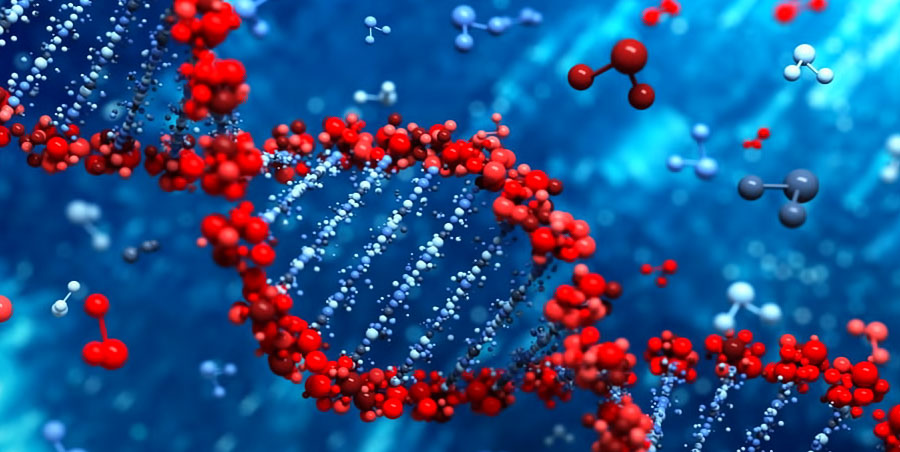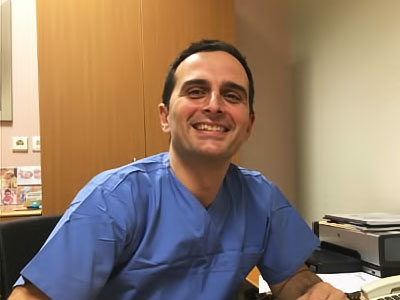It is would be useful to draw a distinction between pre-implantation genetic screening (PGS) and pre-implantation genetic diagnosis (PGD).
The term Pre-implantation Genetic Diagnosis refers to the diagnosis of genetically normal embryos, embryos which are carriers for diseases and embryos already affected with a disorder, whose parents had a genetic disease. This could be:
- A monogenic disease, namely a disease caused by a malfunctioning gene. The most common examples are thalassemia and cystic fibrosis.
- A polygenic disease, which is attributed to a functional disorder of a group of genes.
- A chromosome disorder (numerical-functional), namely a disease caused by the lack or surplus of a specific chromosome or a fault in its structure. Common numerical chromosome abnormalities include trisomies ( the most widely known is trisomy 21 or Down syndrome) and monosomies (e.g. X-chromosome monosomy or Turner syndrome). Structural chromosome abnormalities include deletions, duplications, translocations and inversions of portions of chromosomes.
In which cases do we apply pre-implantation genetic diagnosis techniques (PGD)?
- When we wish to prevent mutated genes from being passed on to the child by parents who have been affected or are carriers of genetic diseases. For instance, if both parents are carriers of the thalassemia gene, with the help of PGD the affected embryos can be identified prior to embryo transfer.
In which cases do we apply pre-implantation genetic screening techniques (PGS)?
- When there is a strong possibility of having an increased number of embryos with chromosome abnormalities. For example, it has been found that in the case of women of an older reproductive age, there is an increased rate of chromosome abnormalities in their oocytes. Embryo screening before transfer can increase the chances of implantation or, if no normal embryo is found, prevent the transfer of embryos that cannot lead to pregnancy.
- When implantation fails after multiple IVF attempts. In this case, pre-implantation genetic screening can increase the likelihood of conception or explain the causes of failure.
- When we wish to decrease the number of the embryos which will be transferred to the uterus to avoid multiple pregnancy. In this case, pre-implantation genetic screening can detect the embryos with the highest implantation potential, so that we can achieve good pregnancy rates even by transferring a single embryo.
What does the procedure of pre-implantation genetic screening include?
The first stage is genetic counseling by a genetics specialist, who, working closely with a clinician, will inform the couple whether the aforementioned techniques are recommended in their case.
The procedure followed in the embryological laboratory is the same procedure as IVF until the day of embryo biopsy. Recent studies show that the ideal day to perform embryo biopsy is the 5th day after oocyte retrieval, when the embryos are at the blastocyst stage. The cells retrieved from each embryo are submitted to the genetics laboratory for analysis. If the results can be analyzed within 24 hours, embryo transfer can take place the following day (on the 6th day after oocyte retrieval). If more time is needed, the embryos can be frozen after the biopsy until their screening is completed and the healthy embryos are thawed and transferred to the next cycle.
In certain cases, the biopsy can be performed on the 3rd day of embryo culture, when the embryo is at the 8-cell stage. Despite the fact that this will allow more time for genetic analysis, it engenders a greater possibility of failure to obtain a result from this analysis.
Detection methods
Historically, the most widely applied methods have been PCR for the detection of monogenic disorders and Fish for chromosome screening. However, in the last few years, the development of the a-CGH technique has enabled us to collect more information concerning the DNA of the embryo. It has been observed that this technique, when combined with blastocyst stage embryo collection, leads to the smallest number of false diagnoses and the highest pregnancy rates.
Restrictions
Pre-implantation genetic diagnosis and pre-implantation genetic screening are considered safe procedures, while the practice of modern-day techniques has decreased the numbers of incorrect diagnoses. Nevertheless, the method of prenatal screening during pregnancy is recommended in all cases to ensure the neonate’s well-being.










